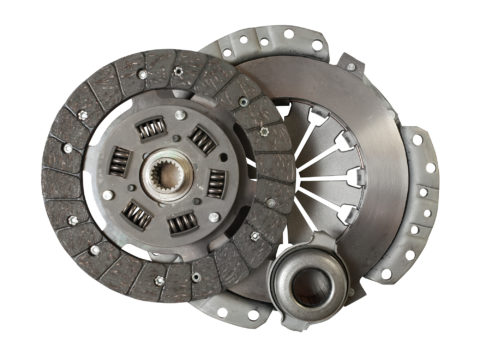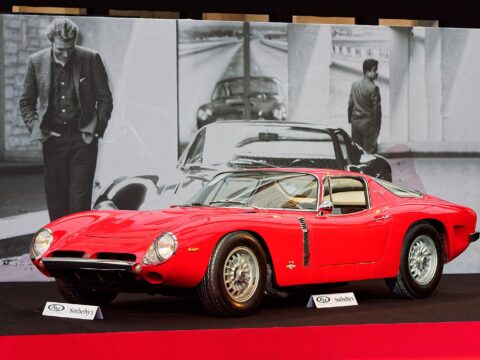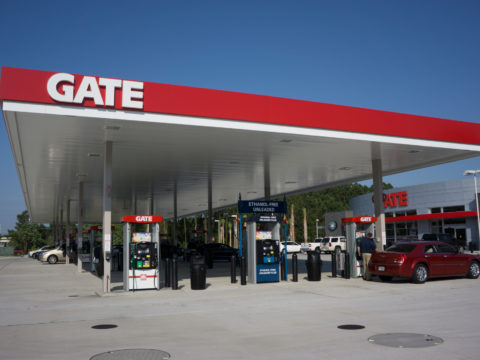Sometimes, even the most well-planned cars hit major roadblocks that cause them to exit the market faster than expected. Whether it’s due to design issues, mechanical flaws, or simply poor timing, these vehicles saw their production runs cut short. In this list, we’ll look at 25 cars that had the shortest production runs because of major flaws, offering a glimpse into the automotive industry’s biggest missteps.
Contents
DeLorean DMC-12 (1981-1983)

The DeLorean DMC-12 became iconic thanks to its appearance in Back to the Future, but it was riddled with issues. Production delays, high manufacturing costs, and unreliable performance cut its production short. With a weak 130-horsepower V6 engine, it offered underwhelming speed for its futuristic looks. Its heavy stainless-steel body also hampered performance, leading to its brief two-year production run.
Pontiac Aztek (2001-2005)
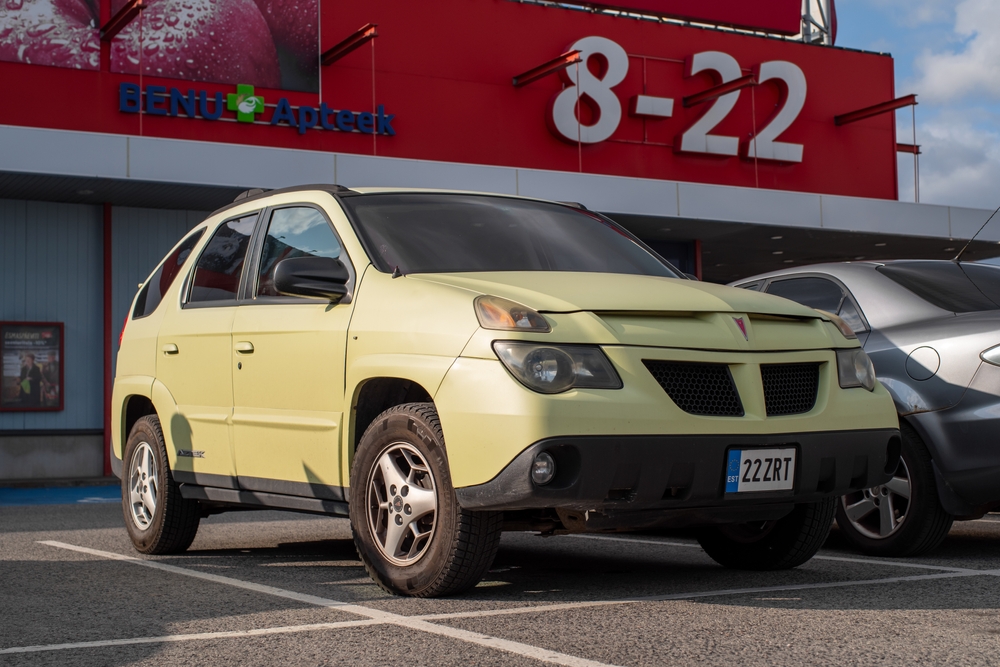
The Pontiac Aztek is widely criticized for its polarizing, unconventional design, which turned off many potential buyers. Its bulky, awkward look and mismatched aesthetics didn’t align with consumer tastes. Even though it was ahead of its time with features like a built-in camping tent, poor sales and harsh criticism led Pontiac to end its production after just four years.
Edsel Ranger (1958-1960)
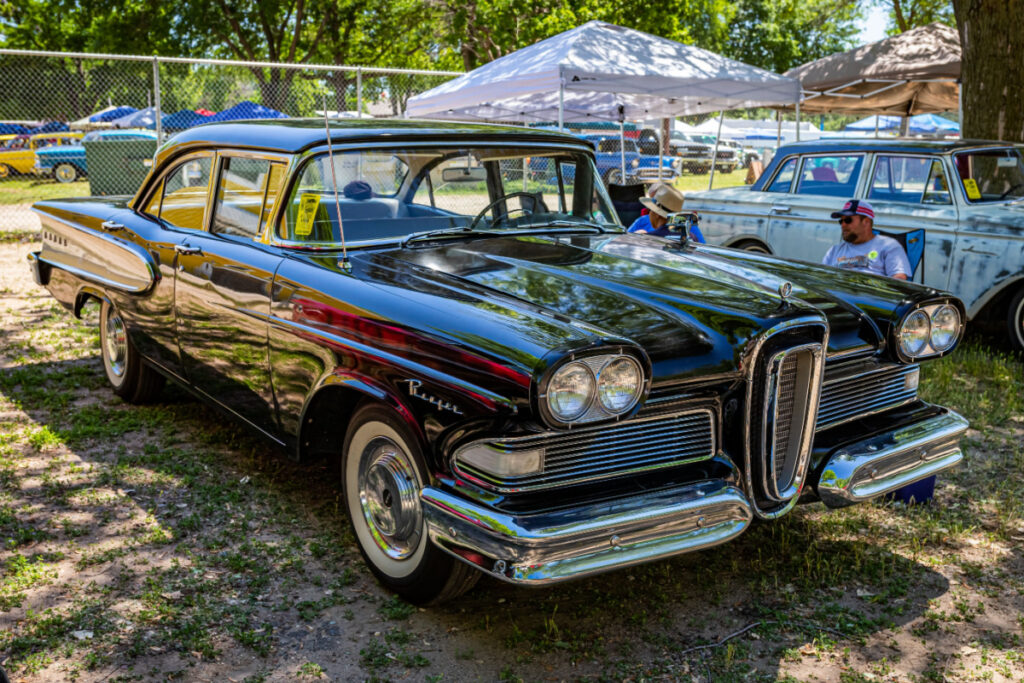
Ford’s Edsel Ranger suffered from mechanical problems and poor timing. Overly ambitious marketing created high expectations that the car couldn’t meet, leading to its failure. Mechanical reliability issues combined with recession-era demand for smaller cars meant the Edsel’s styling and size were out of touch with consumer needs. Its run lasted only two years.
Chevrolet SSR (2003-2006)
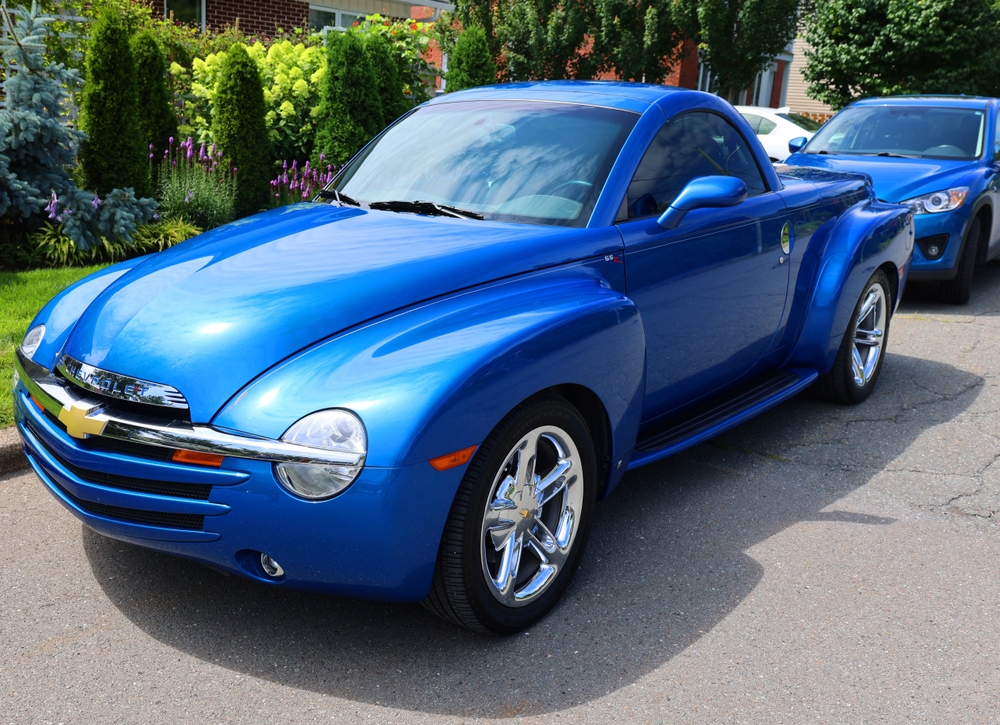
The Chevrolet SSR, a retro-styled pickup truck convertible, aimed to blend nostalgia with modern features, but it struggled to find its market. The SSR’s 6.0L V8 engine wasn’t enough to mask its awkward design, poor handling, and lack of utility. High pricing and impracticality further doomed this model, resulting in just a three-year run.
Bricklin SV-1 (1974-1975)
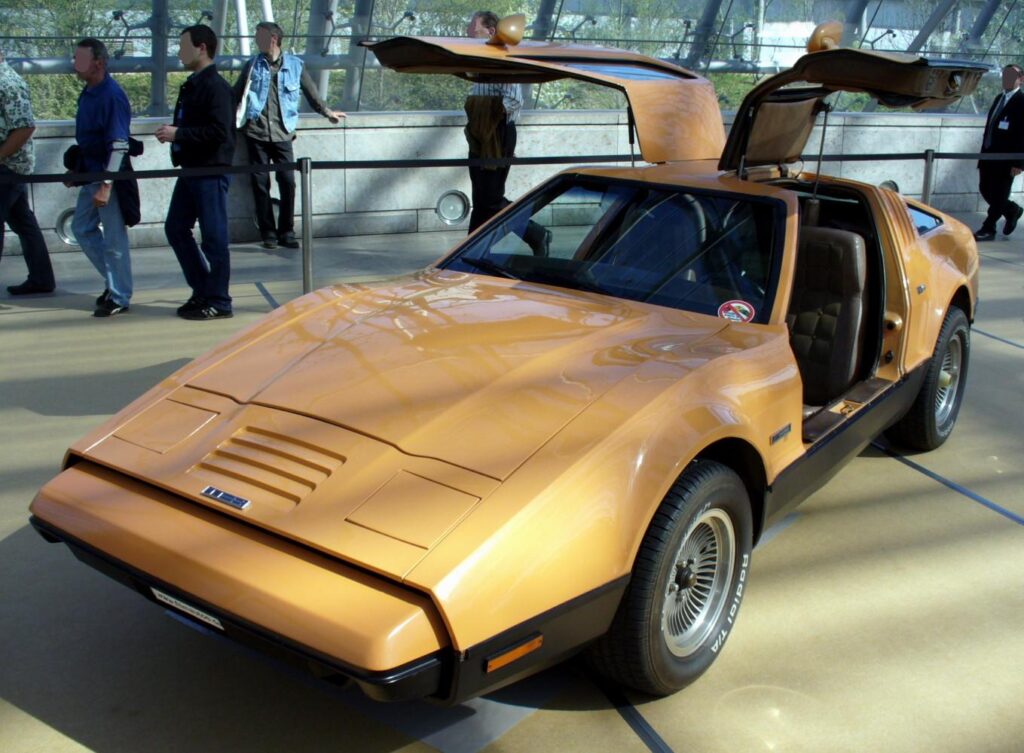
Malcolm Bricklin’s SV-1 was a safety sports car that looked great on paper but failed in execution. Production delays, poor build quality, and frequent mechanical issues plagued the car. Its heavy, gull-wing doors and lack of refinement made it difficult to manufacture and expensive to maintain, leading to the collapse of production after just two years.
Ford Pinto (1971-1980)
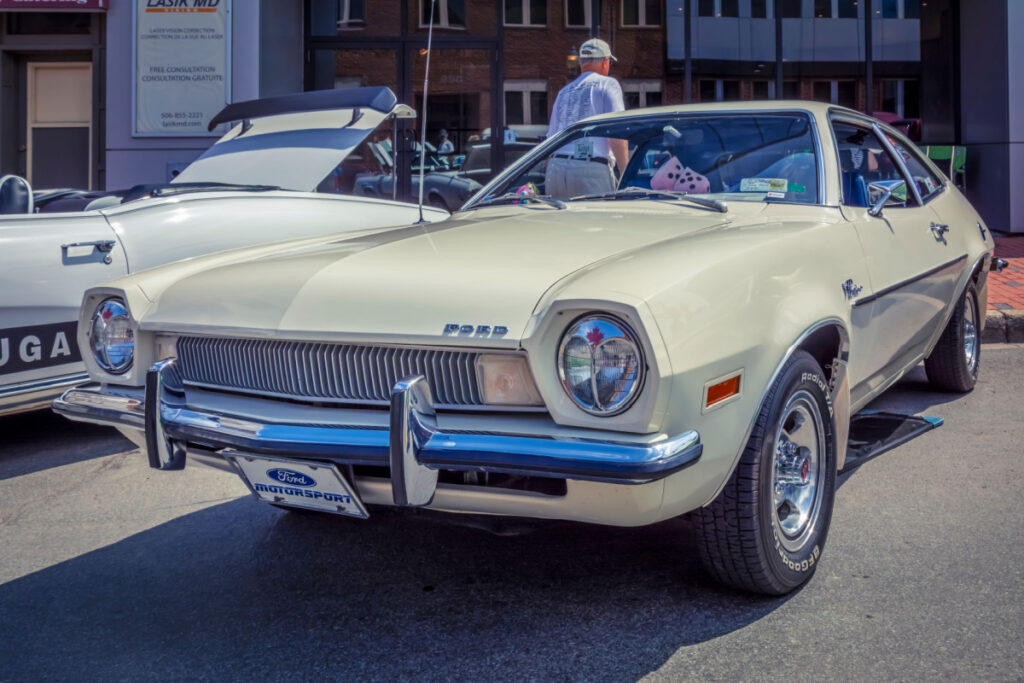
The Ford Pinto was marred by safety issues, most notably its tendency to catch fire in rear-end collisions due to the poorly designed fuel tank. Despite decent initial sales, the lawsuits and negative publicity surrounding the Pinto’s safety concerns led to its downfall. The vehicle’s reputation became too damaged to continue, forcing Ford to discontinue it in 1980.
Subaru Baja (2003-2006)
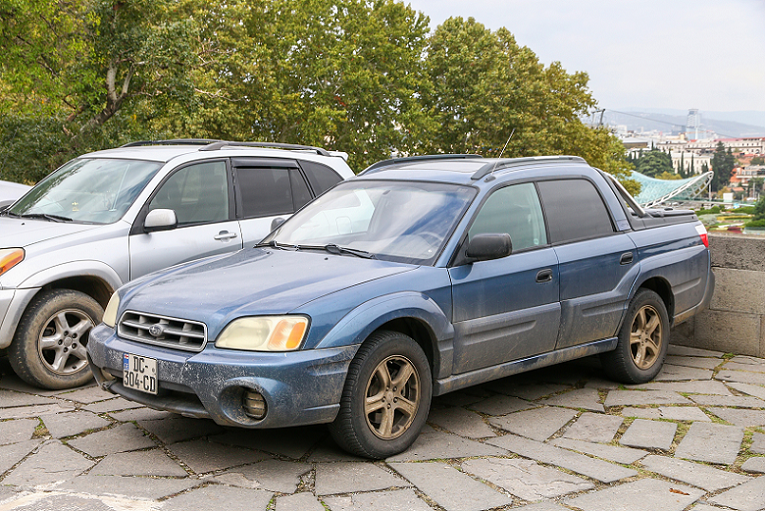
The Subaru Baja aimed to be a crossover combining car comfort with truck utility, but it couldn’t find its audience. The design confused consumers, as it was too small to be a truck and too niche to appeal to mainstream car buyers. Its odd combination of features failed to resonate, leading to a short four-year run.
Yugo GV (1985-1992)
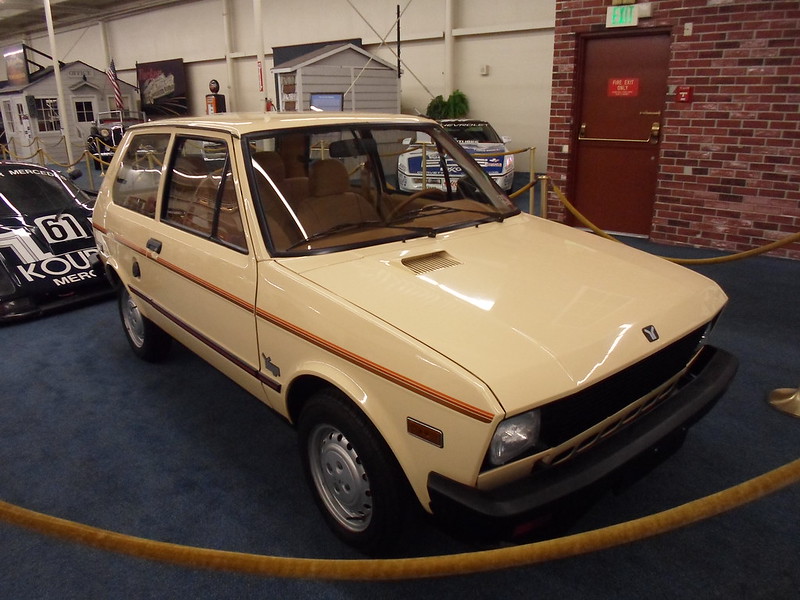
The Yugo GV was notorious for being one of the worst cars ever sold in the U.S., plagued by poor build quality and constant mechanical failures. Although its low price was attractive, reliability issues, underpowered engines, and a reputation for breaking down ultimately made it unappealing. It quickly fell out of favor, disappearing from the market by 1992.
Saturn Ion (2003-2007)

The Saturn Ion replaced the Saturn S-Series but failed to meet expectations. It faced criticism for poor build quality, cheap interior materials, and subpar driving dynamics. Mechanical issues, along with its bland design, caused it to fall short in a competitive market, leading to its discontinuation after just four years.
Chevrolet Corvair (1960-1969)

The Chevrolet Corvair was notable for its rear-engine design, but safety concerns, particularly regarding its handling, led to its early demise. Ralph Nader’s book Unsafe at Any Speed spotlighted the Corvair’s tendency to lose control, damaging its reputation. Though later models addressed these issues, it wasn’t enough to save the car from discontinuation in 1969.
Cadillac Cimarron (1982-1988)
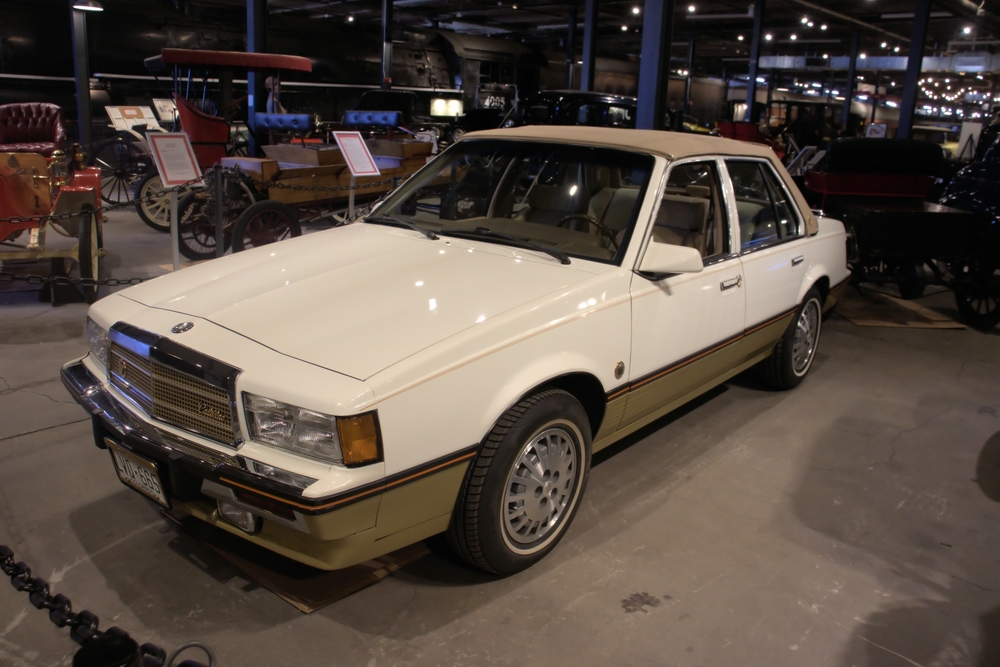
The Cadillac Cimarron was GM’s attempt to enter the compact luxury car market, but it fell short of expectations. Essentially a rebadged Chevrolet Cavalier with a higher price tag, it lacked the luxury features Cadillac buyers expected. Poor performance and a bland design led to the Cimarron being discontinued in 1988.
Plymouth Prowler (1997-2002)
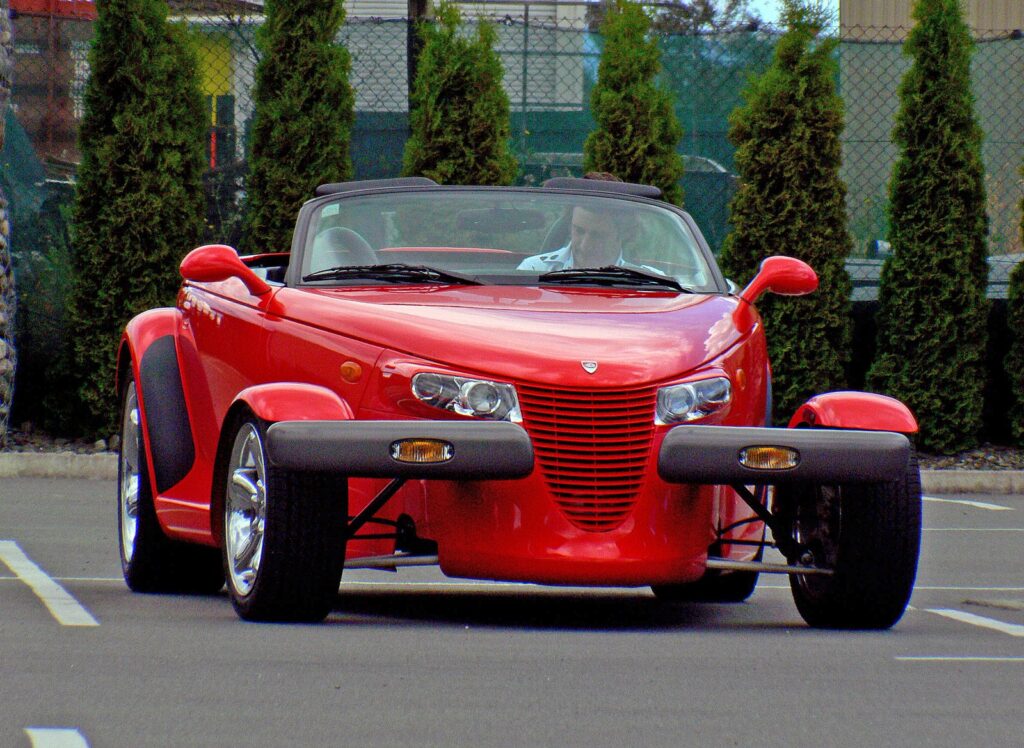
The Plymouth Prowler had a head-turning retro design but suffered from a lack of power and functionality. Its 3.5L V6 engine produced only 214 horsepower, underwhelming for a vehicle that looked like a hot rod. Despite its eye-catching appearance, practical limitations and slow sales meant the Prowler was discontinued after five years.
Jaguar X-Type (2001-2009)

The Jaguar X-Type was supposed to be Jaguar’s entry into the compact luxury car segment, but it was plagued by reliability issues and a lackluster driving experience. Competing against stronger rivals, it struggled with build quality problems, which hurt its reputation. Jaguar pulled the plug on the X-Type in 2009 after disappointing sales.
Chrysler TC by Maserati (1989-1991)
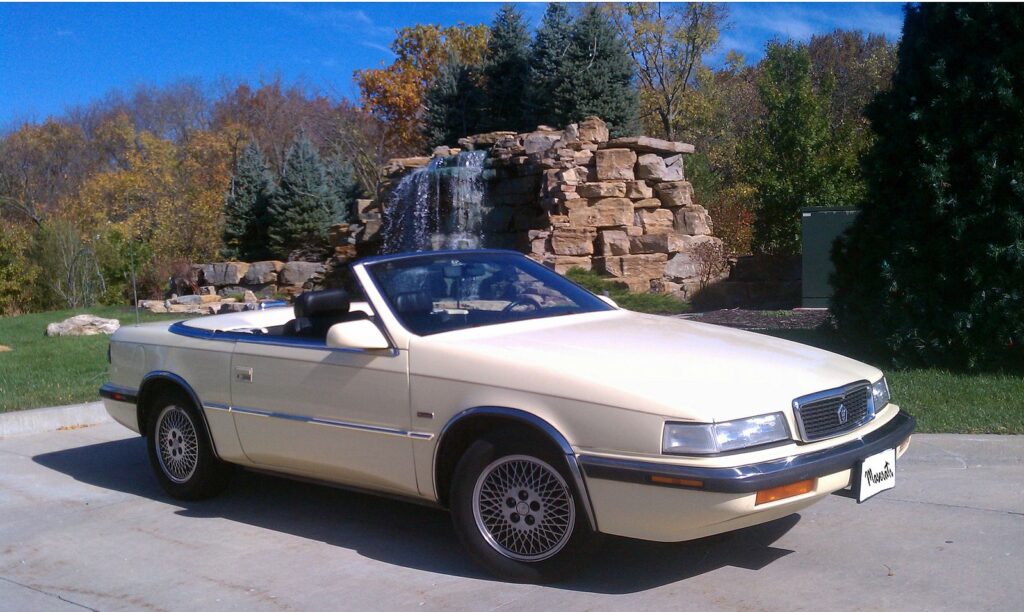
The Chrysler TC by Maserati was an odd collaboration that failed to live up to its high expectations. Overpriced for what it offered, it was essentially a Chrysler LeBaron with a Maserati badge. The underpowered engine and limited appeal led to poor sales, and the partnership was dissolved after just two years of production.
Dodge Neon SRT-4 (2003-2005)
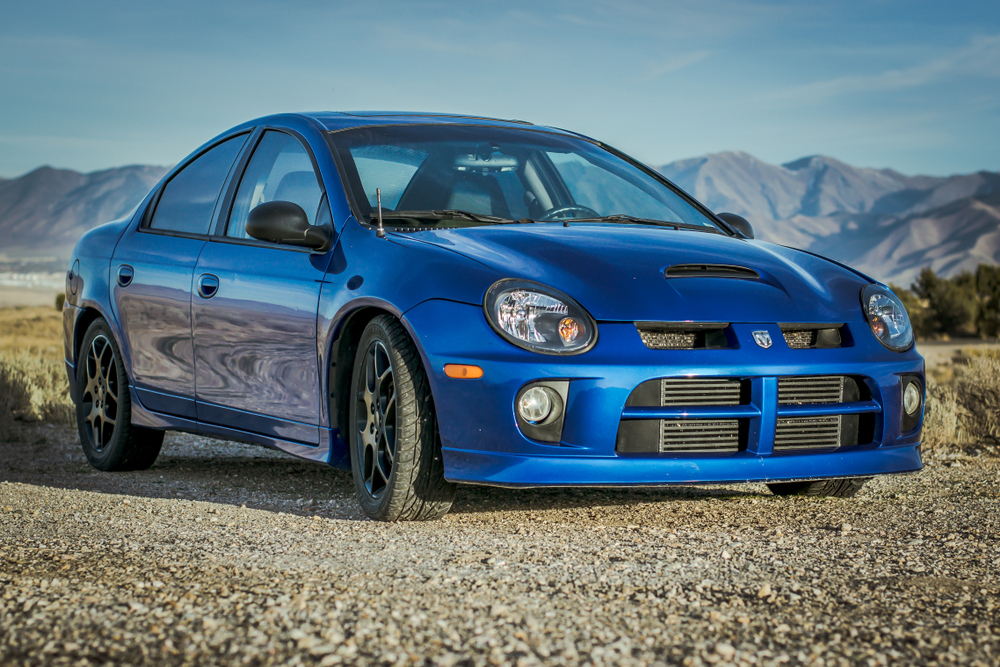
The Dodge Neon SRT-4 was a performance-focused version of the Dodge Neon, but its reputation for being unreliable caused it to have a short run. It offered impressive speed and power, but the low-quality build, frequent repairs, and mechanical issues led to its early exit in 2005, despite its loyal fanbase.
Sterling 827 (1987-1991)
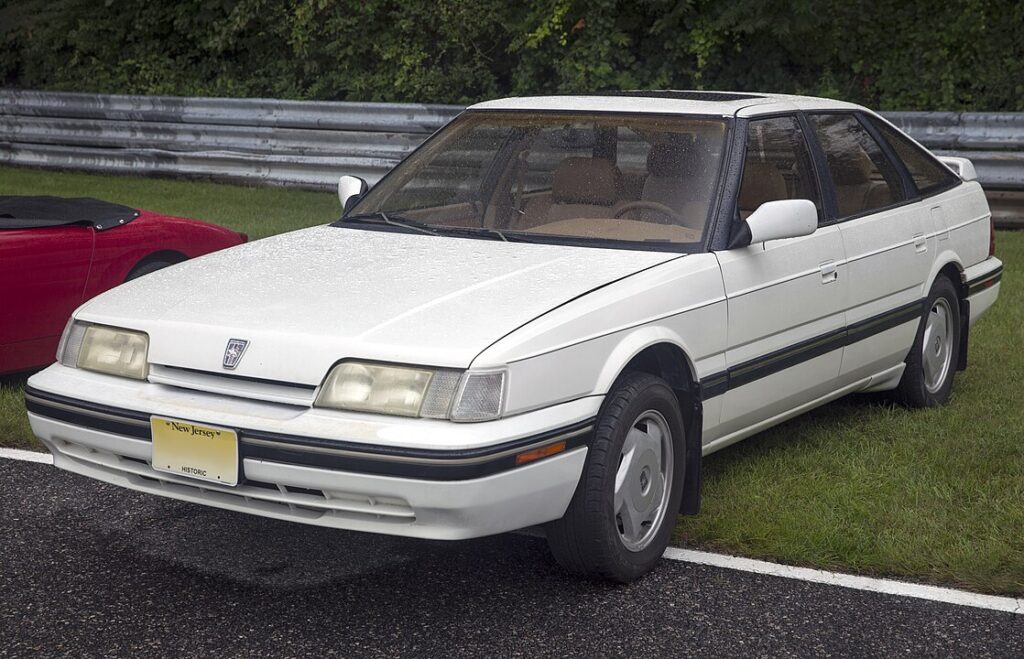
A joint venture between Honda and Rover, the Sterling 827 combined British luxury with Japanese engineering. However, it was riddled with reliability and quality control issues. While the Honda-derived powertrain was solid, the rest of the vehicle struggled with electrical problems and poor build quality, which doomed it after only four years.
Oldsmobile Aurora (1995-2003)

The Oldsmobile Aurora was introduced to rejuvenate the brand, but it failed to save Oldsmobile from its slow decline. Its bold design and decent performance were overshadowed by reliability issues and mechanical problems. When GM decided to retire the Oldsmobile brand, the Aurora was one of the first models to be cut.
Peugeot 405 (1989-1991, U.S.)
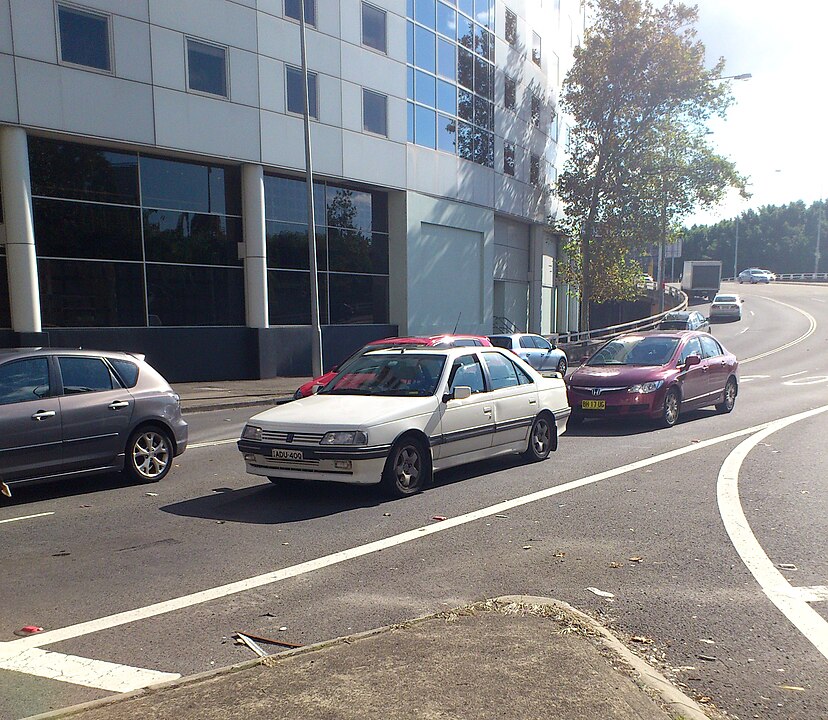
The Peugeot 405 was a popular model in Europe but failed in the U.S. market due to reliability problems and a lack of brand recognition. It struggled with frequent breakdowns and expensive repairs, which drove American consumers away. After just two years, Peugeot pulled out of the U.S. market altogether, taking the 405 with it.
Renault Alliance (1983-1987)
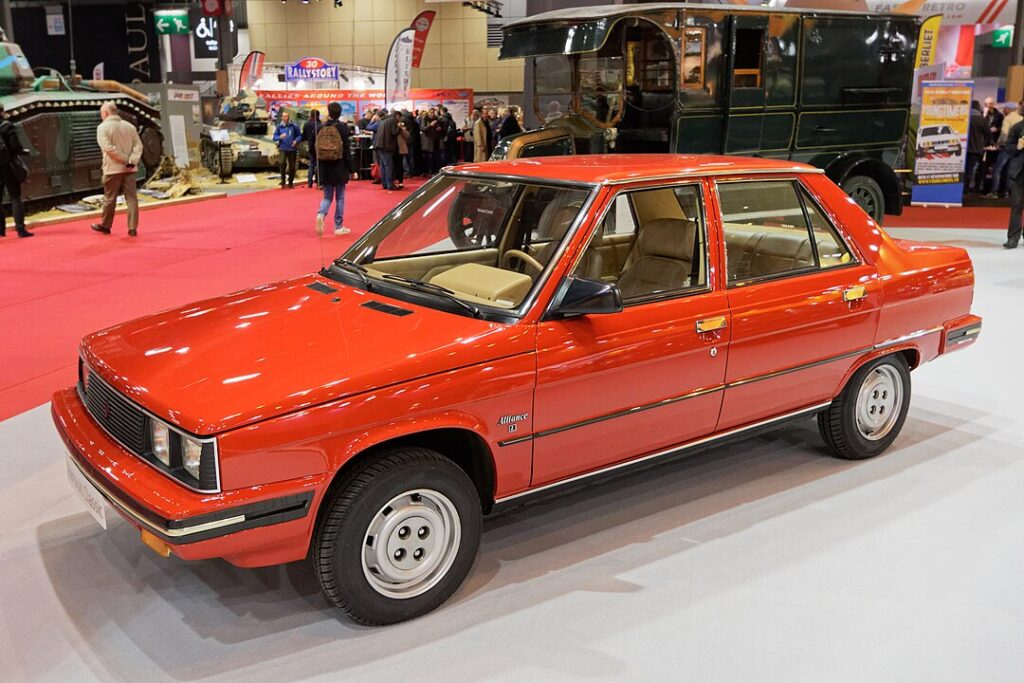
The Renault Alliance was meant to be a fuel-efficient, budget-friendly car, but it quickly developed a reputation for poor build quality and frequent mechanical failures. Although initially praised for its handling, the Alliance’s poor durability led to numerous recalls and dissatisfied owners, forcing Renault to cease production in 1987.
Isuzu VehiCROSS (1997-2001)
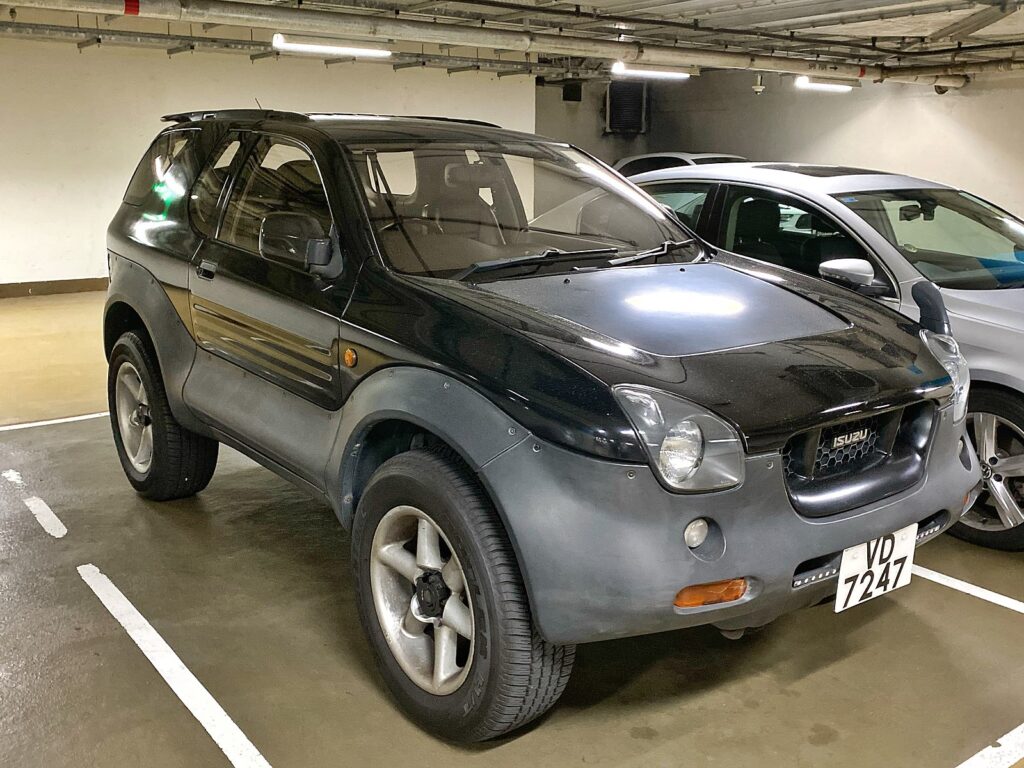
The Isuzu VehiCROSS had a distinctive, futuristic design that turned heads but was ultimately impractical. While it was capable off-road, reliability problems, a cramped interior, and a high price tag made it unattractive to most buyers. Isuzu discontinued the VehiCROSS after just four years due to slow sales and its niche appeal.
Ford Thunderbird (2002-2005)
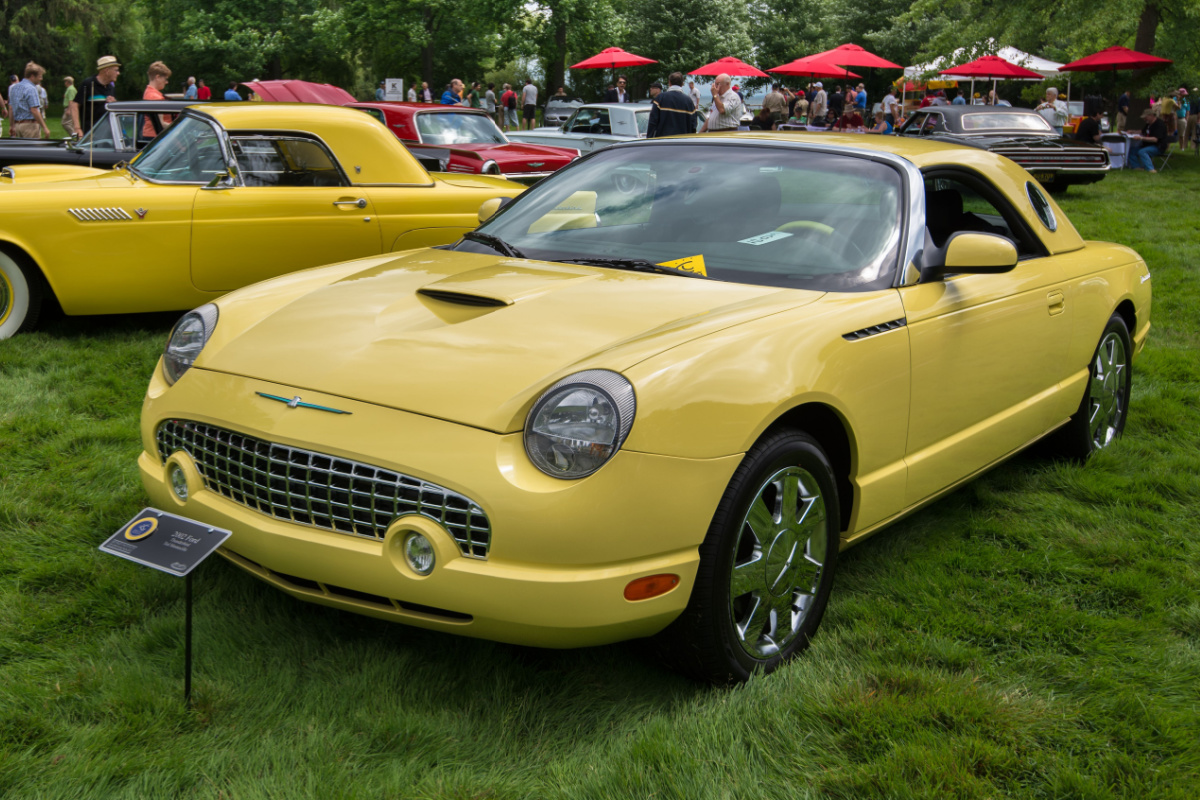
Ford revived the Thunderbird in 2002 with a retro-inspired design, but the car’s performance didn’t match its looks. Its underwhelming handling and high price failed to win over enthusiasts, while the crowded luxury coupe market left little room for the Thunderbird. Ford ended its production in 2005 after only three years.
Suzuki Kizashi (2010-2013)
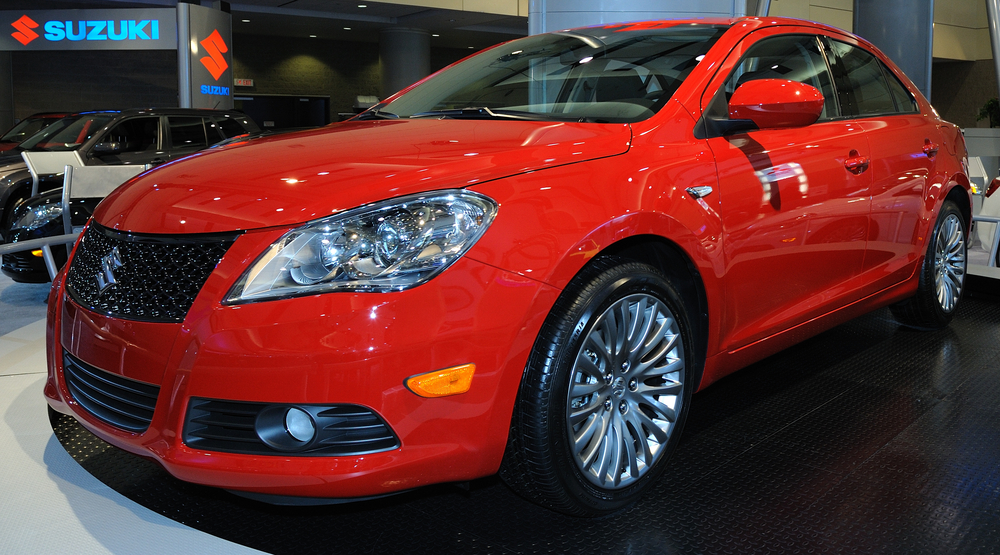
The Suzuki Kizashi was a midsize sedan that suffered from Suzuki’s declining brand presence in the U.S. market. Despite decent performance and a refined interior, it struggled to compete with more established rivals. A lack of brand recognition, coupled with Suzuki’s decision to exit the U.S. market, led to the Kizashi’s demise after just three years.
Lincoln Blackwood (2002)
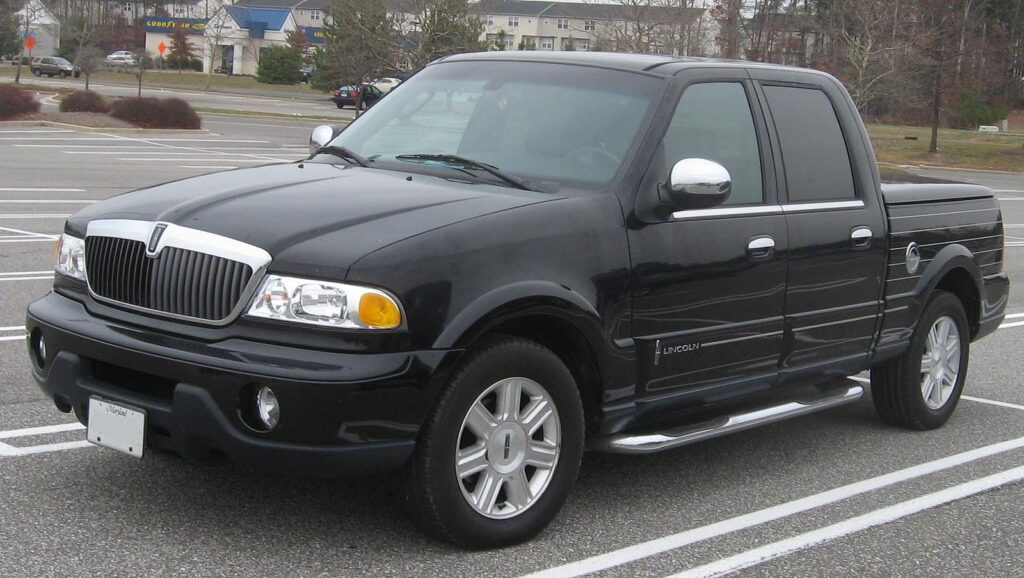
The Lincoln Blackwood was a luxury pickup truck that was both impractical and overpriced. Its small bed and odd mix of luxury and utility confused buyers, and poor sales led Lincoln to discontinue the model after just one year. Despite its exclusivity, the Blackwood couldn’t justify its high price tag.
Saab 9-4X (2011-2012)

The Saab 9-4X was introduced just before Saab’s financial collapse, which severely limited its production run. While it shared a platform with the Cadillac SRX, the 9-4X was plagued by the uncertainty surrounding Saab’s future, which led to its discontinuation after just one year. Saab’s closure meant the 9-4X never had a chance to succeed.
Fiat 500L (2014-2020)
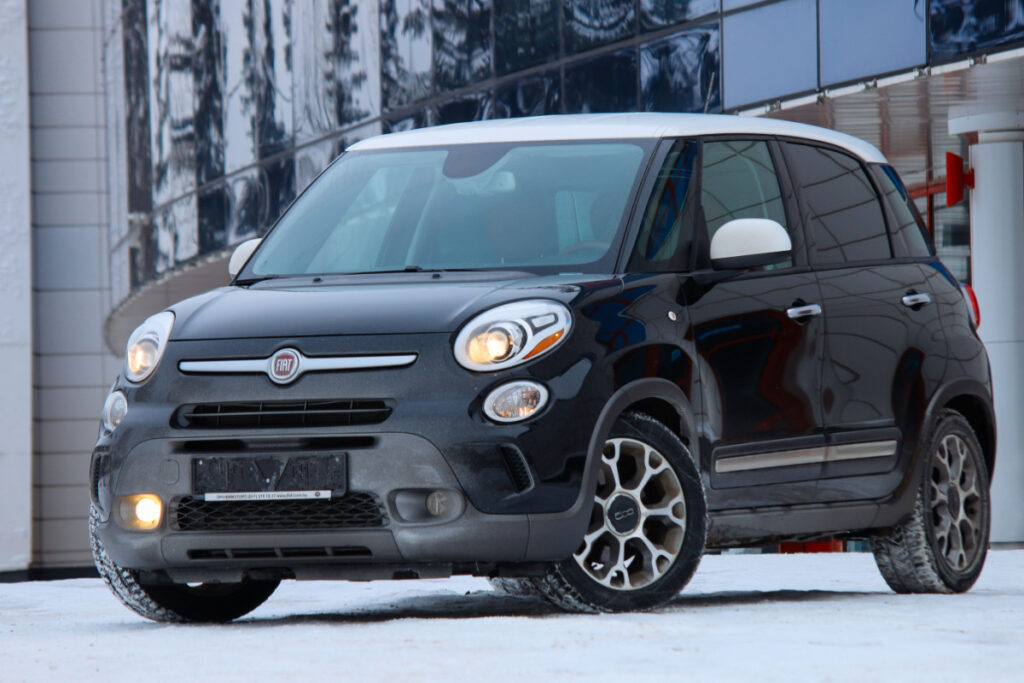
The Fiat 500L was a larger, more practical version of the Fiat 500, but it failed to catch on with consumers. Its awkward design, sluggish performance, and reliability issues overshadowed its practicality. The 500L’s reputation for mechanical problems and low sales numbers led to Fiat discontinuing it in 2020.
This article originally appeared in MyCarMakesNoise.
More from MyCarMakesNoise
15 Little-Known Details About Classic Harley-Davidsons

Harley-Davidson is a name synonymous with American motorcycles, but even the most dedicated fans might not know all the details about these iconic bikes. From hidden design innovations to lesser-known historical facts, there’s much more to Harley-Davidson than meets the eye. Read More
18 Cutting-Edge Supercars with Advanced Aerodynamics

When it comes to high-performance supercars, advanced aerodynamics plays a crucial role in pushing the limits of speed and handling. We’ll explore 18 cutting-edge supercars that stand out for their innovative aerodynamic designs, combining sleek profiles with technology that enhances both performance and efficiency. Read More
16 Powerful SUVs with Surprisingly Agile Handling

When you think of SUVs, power and size usually come to mind, but agility often gets overlooked. However, some SUVs manage to defy expectations, offering both incredible power and surprisingly nimble handling. Read More

